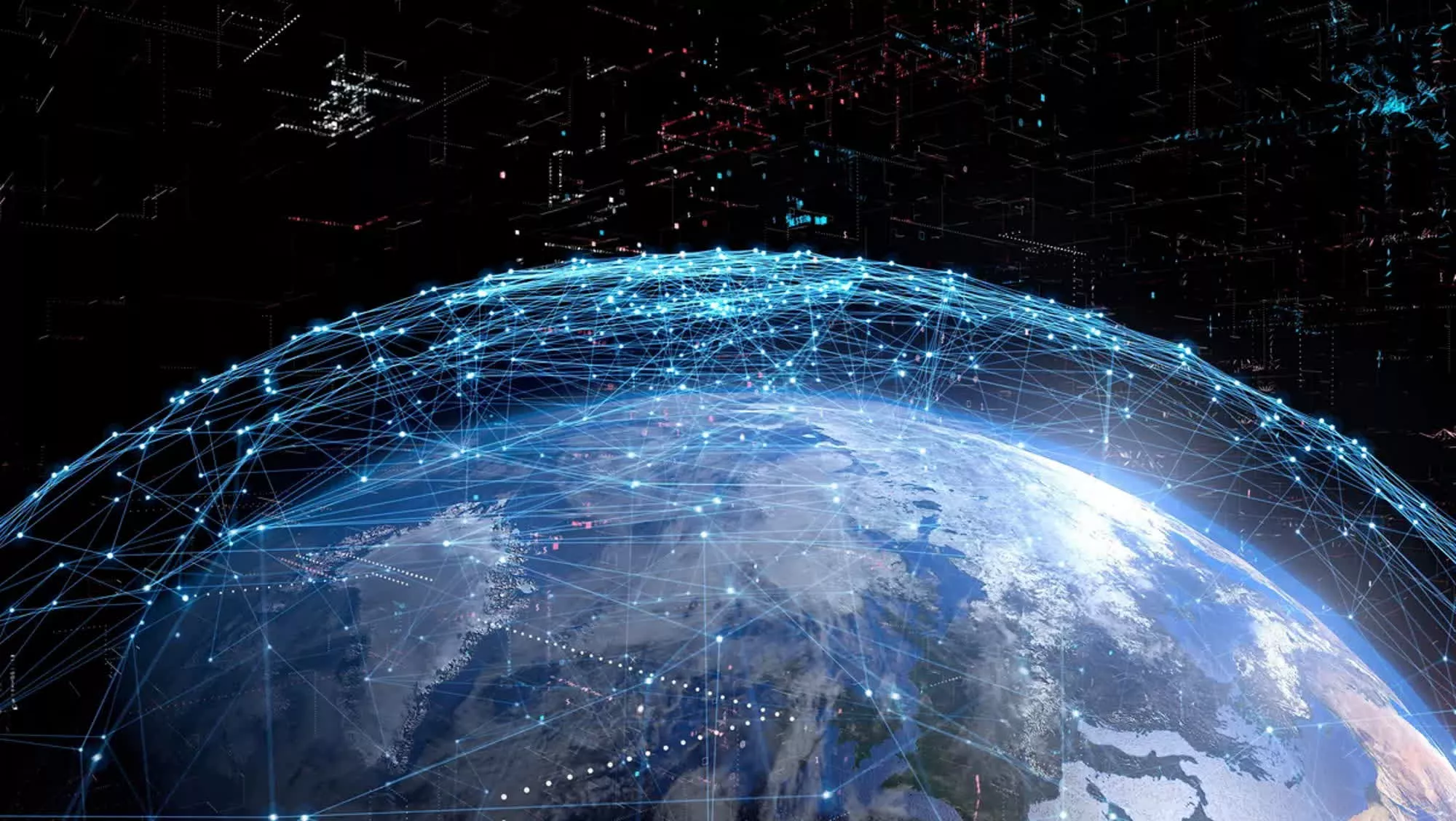
Why it matters: Elon Musk’s ever-expanding network of Starlink internet satellites is increasingly becoming a major headache for astronomers studying the universe. While the streaks of light from these satellites in images have been a well-known concern for years, researchers in the Netherlands are now also raising alarms about leaked radio signals from the new generation of Starlink satellites.
Experts at the Netherlands Institute for Radio Astronomy (ASTRON) claim that second-generation, or “V2,” Mini Starlink satellites emit interference that is a staggering 32 times stronger than that from previous models. Director Jessica Dempsey explained to the BBC that this overwhelming radio noise is effectively “blinding” their telescopes, jeopardizing research on crucial cosmic phenomena such as black holes, early galaxies, and exoplanets.
The radiation levels measured from the V2 satellites exceed international regulatory limits. In July, ASTRON’s LOFAR radio telescope detected unintended emissions from nearly every V2 satellite it observed – an astonishing 10 million times brighter than the faintest celestial objects typically studied. According to the researchers, it’s akin to trying to examine dim stars while a full moon is out.

With SpaceX launching around 40 new V2 satellites into orbit each week, Dempsey warned that the situation is rapidly worsening. As of the latest count, there are over 6,400 Starlink satellites orbiting Earth, significantly outnumbering competitors like OneWeb, which has fewer than 1,000 satellites. These figures are small compared to the projected total of 100,000 satellites by 2030 as companies race to expand global broadband coverage.
The Starlink satellites are relatively large, with flat panels extending three meters and an eight-meter-long solar array for power.
Beyond radio astronomy, the interference problem extends to increased light pollution. Research from 2022 revealed that less than 0.5 percent of astronomical images were affected by satellites in late 2019. By August 2021, this had risen to nearly one in five images.
Astronomers confronted SpaceX following issues with the first-generation Starlink satellites, but the situation appears to have worsened with the V2 models, according to the report.
The ASTRON team believes that shielding the satellites’ batteries could significantly reduce emissions and interference. However, they argue that stricter regulation and oversight of satellite operations are necessary to achieve meaningful improvements.
Image credit: Chr. Offenberg
 Print
Print


